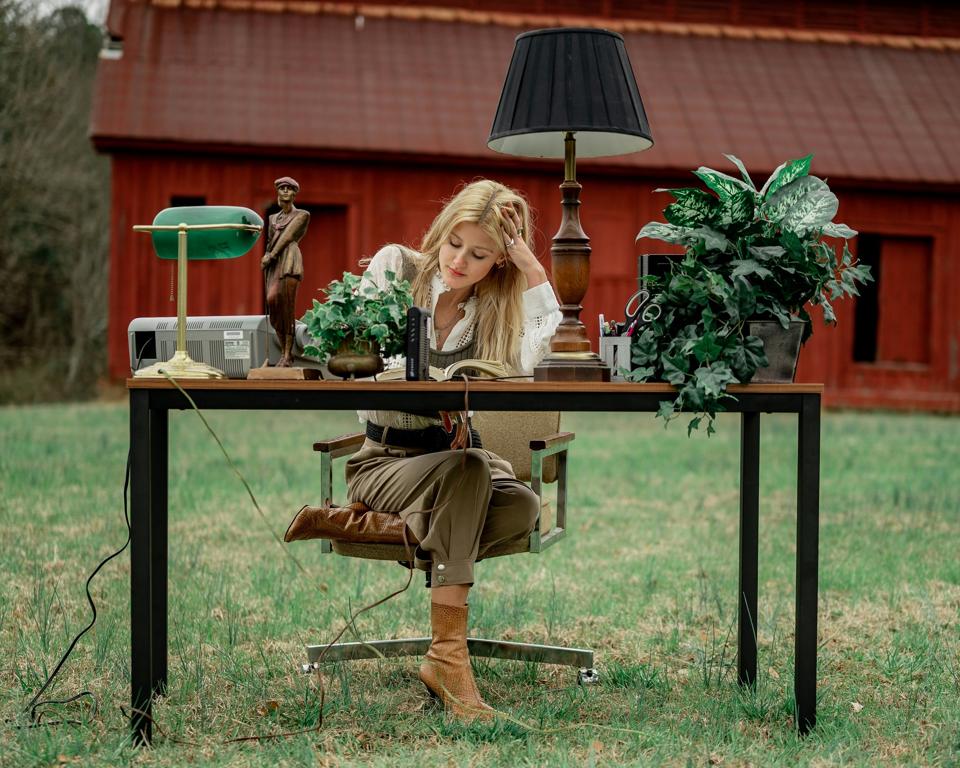When Mary Morrissey was a junior in high school in Beaverton, Oregon, she was junior class vice president, had the lead in a school play, was homecoming princess and even on the drill team. Then she got pregnant and married her then-boyfriend in a “hasty 10-person wedding.” The principal called her in and, “he just put his head in his hands, and he says, ‘Mary, you have terrific honors and great grades, but you will not be allowed to return here for your senior year. It would be totally inappropriate for pregnant girl to get mixed in with the normal girls.” She’s banished from her high school because she’s pregnant. He tells her she can attend the alternative school “for pregnant girls and delinquent boys” with all classes in the evenings.
This was 1966. Her son was born in December, in May 1967 she graduated from that alternative high school, and two months later she was in intensive care in the local hospital with massive kidney failure, given months to live.
Enter a chaplain who stops by Mary’s bedside because she’s on the list of the most severely ill patients and scheduled for surgery in the morning. Unbeknownst to the either of them at the time, the visualization that chaplain suggests to Mary – seeing her son grow up, seeing her career as a teacher (her goal) take off, all in her mind – would lead her on a path from surviving kidney disease to working with thousands of people from His Holiness the Dalai Lama to Nelson Mandela, to corporate and political titans, and people like us.
Common Hour Thinking vs. Brave Thinking
Morrisey says we have become conditioned into “common hour thinking,” a term she says was coined by Henry David Thoreau, and what we need to do instead is practice “brave thinking.” Common hour thinking is, “I want to do something. Well, where am I going to get the money? So I’m looking to conditions or circumstances for permission to live the life I want to live,” Morrissey explained in an exclusive interview on Electric Ladies Podcast recently.
“Brave thinkers on the other hand, developed the courage to think and live from a vision,” like the vision the chaplain guided her through that helped her heal from fatal kidney disease, she said. “They’re not going to let circumstances win. They don’t deny the circumstances or situations, but they don’t let them win. And they’re pulling from something that’s greater than the circumstance, situation, or condition.”
”There’s a way to hold our thinking and mind when circumstances can seem so daunting, so difficult, so, impenetrable,” she advised. “Brave thinkers summon the courage to think and live from a vision, regardless of the circumstances, situations, and conditions.”
We need all the brave thinkers we can get to tackle society’s pressing challenges
Because we, global humanity, are collectively facing the convergence of so many massive and devastating threats at once – from addressing climate change, to protecting democracy and human rights, to the dangers of technology in malicious hands, to stopping the senseless killing of innocents in wars across the globe – we need brave thinking in 2024 more than perhaps anytime in history.
The global risks delineated in the World Economic Forum’s 2024 Global Risks Report reflect the urgency for brave thinkers to find creative, humanity- and planet-focused solutions – and fast.
How do we practice “brave thinking”?
Here are questions that Morrissey suggested asking ourselves to practice brave thinking, based on our conversation. She talks more about this in her recent book, “Brave Thinking: The Art and Science of Creating A Life You Love.”
Ø How are you directing your thoughts?: We are in control of what we think about, how we look at situations and people, and how we interpret and respond to them. “Brave thinkers know that their greatest control in their life is the power to direct the thoughts that help their dreams take form,” she wrote in “Brave Thinking.”
Ø Are you practicing “common hour thinking”? What are you focusing on? The problem or finding a solution? Morrissey also described this as “cemented thinking.”
Ø What do you think, feel and do when you feel afraid? I tell my coaching clients to acknowledge the fear, thank it for keeping you safe, and put it on shelf to get to the work at hand. Morrissey described fear this way: “Fear is actually the border between the life you’ve known and the life you can have.”
Ø “What’s the worst thing that can happen?” That’s the question Morrissey suggested in response to fear. When we see we can survive that, the tension diminishes and we can focus on solutions better.
Ø Am I open to where the solution might come from? Or am I dismissing people or options before considering them seriously? Our bias towards “credentials,” or people who agree with us can block us from seeing a potential resource or solution. (Dr. Katalin Karikó was a victim of this before the world realized how powerful her mRNA discovery was for saving lives during the pandemic, earning her the Nobel Prize.)
Ø What goal am I’m in love with? Brave thinkers focus on the end result and work backwards from that vision. Morrissey suggests that end result be something we’re “in love with,” and reminds us that, as we grow and evolve, that may change. We’ll need to ask, “am I still in love with the vision of this?” What “brings you the most aliveness”?
It’s about who we have to become to be brave thinkers, to achieve our goals, to solve society’s pressing challenges.
“Every one of us in any given moment is choosing who we’re going to be in this moment – and what do we really deeply care about.”
Listen to the full interview with Mary Morrissey on Electric Ladies Podcast here.

